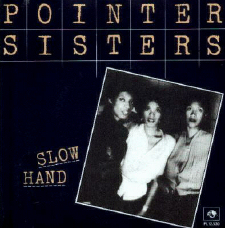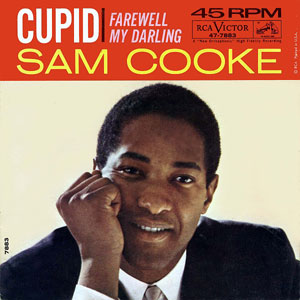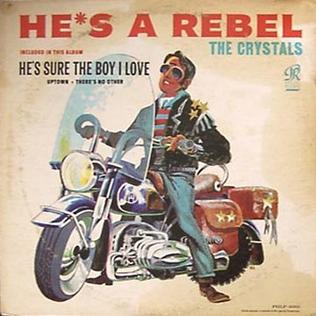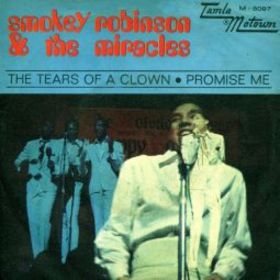A handful of Pointer Sisters tracks sprinkled through the playlist on what would have been Anita Pointer’s 75th birthday.
Throwback Thursday: 1961
The years between 1958 and 1963 are often thought of as a sleepy time for rock and roll, a quiet time between the genre’s initial burst onto the charts and the onslaught of the British Invasion. However, lots of great records were charting during those years. Check out this playlist of thirty hits from 1961 for proof.
Follow Tunes du Jour on Facebook.
Follow Tunes du Jour on Twitter.
Follow me on Instagram.
Throwback Thursday: 1962
A popular misconception that I sometimes fall into is that the years after The Day The Music Died (early 1959) and before The Beatles hit in America (early 1964) the pop chart was pretty dull. Sure, there was a lot of schmaltz on the Hot 100 – there always is – but there was a lot of exciting stuff, too, as today’s Throwback Thursday playlist will attest. Girl groups, Motown, Ray Charles, James Brown, Frankie Valli, Sam Cooke, The Beach Boys and lots of other good stuff made the top 40. Have a listen to thirty of 1962’s best.
Follow Tunes du Jour on Facebook.
Follow Tunes du Jour on Twitter.
Follow me on Instagram.
A Smokey Robinson Playlist
In 1966, Stevie Wonder and Motown producer Hank Cosby wrote a piece of music and recorded it. Wonder couldn’t come up with any lyrics to go with the music, so he gave a tape of the song to fellow Motown singer-songwriter Smokey Robinson to see if he could come up with something. The music reminded Smokey of the circus, so he free associated and came up with the image of a clown. That reminded him of a story he heard as a child – the story of the opera Pagliacci, about clowns who must cover up their sadness, as their jobs required them to entertain and elate the public. Based on this idea he wrote the words to the song that became “The Tears of a Clown.” He and his group The Miracles recorded the song. Smokey didn’t think much of it, though it was included as the last song on the group’s 1967 album Make It Happen. Two singles were released from that album – “The Love I Saw in You Was Just a Mirage,” which reached #20, and “More Love,” which reached #23.
In 1969, tired of touring, Smokey told his group The Miracles that he would be retiring from the group so he could stay at home with his family and focus on his job as a Vice President at Motown. That same year, a reissue of Smokey Robinson & The Miracles’ “The Tracks of My Tears” made the top ten in the UK. Though the group had many chart hits in the US, “Tracks…” was only their second song to crack the top 40 of the UK singles chart, following “I Second That Emotion” a year earlier. Motown Britain wished to capitalize on the late but growing fame. Learning there was no new material forthcoming from the group, the label asked the head of a UK Motown fan club if she had any suggestions for a Miracles song that would make a good single. She suggested the last cut on the group’s 1967 album Make It Happen.
In 1970, Smokey Robinson & The Miracles’ “The Tears of a Clown” went to #1 in the UK. Seeing its success, Motown US released the song as a single stateside, albeit with a slightly updated mix. “The Tears of a Clown” became Smokey Robinson & The Miracles only #1 on the Billboard Hot 100 (though The Miracles would hit #1 one more time following Smokey’s departure from the group.)
(Some bonus trivia: Stevie Wonder was initially brought to the attention of Motown Records by Miracles member Ronnie White.)
Today Tunes du Jour celebrates the 81st birthday of Smokey Robinson with a playlist of songs he sang and/or wrote, plus a tribute song, kicking off with “The Tears of a Clown.”
Follow Tunes du Jour on Facebook.
Follow Tunes du Jour on Twitter.
Follow me on Instagram.
Your (Almost) Daily Playlist (6-9-20)
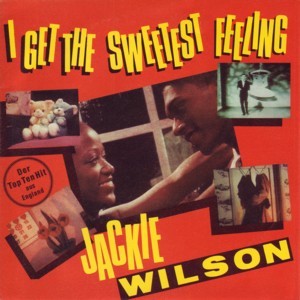
Inspired by Black Music Month, LGBTQ Pride Month, the passing of Bonnie Pointer, and the June 9 birthdays of Jackie Wilson, The Chemical Brothers’ Ed Simons, Muse’s Matt Bellamy, Les Paul, Johnny Ace and composer Cole Porter.
Your (Almost) Daily Playlist (5-30-20)

Inspired by the May 30 birthdays of The Clash‘s Topper Headon, The Marvelettes’ Gladys Horton, Cee Lo Green, Stephen Malkmus, Rage Against the Machine/Audioslave’s Tom Morello, the Charlatans’ Tim Burgess, of Montreal’s Kevin Barnes, Devendra Banhart, Donna A., Benny Goodman and Remy Ma.
Your (Almost) Daily Playlist (5-13-20)
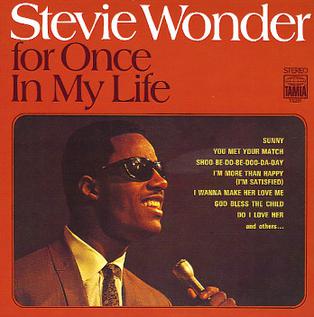
Inspired by the May 13 birthdays of Stevie Wonder, Alison Goldfrapp, Mary Wells, Ritchie Valens and Bea Arthur.
Your (Almost) Daily Playlist (4-24-20)
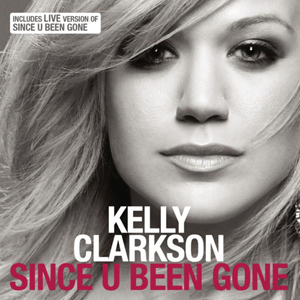
Inspired by the April 24 birthdays of Barbra Streisand, Kelly Clarkson, Kehlani, Robert Knight, Freddie Scott, The Fortunes’ Glen Dale, and Oak Ridge Boys’ Richard Sterban; and the April 23 birthdays of Roy Orbison, The Wedding Present’s David Gedge, Jónsi, Ray Peterson, and John Miles.
Girl Power! Forty Of The Best Girl Group Songs
The girl group sound was a genre of pop music that flourished on the charts between 1958 and 1966. Most records that fall into this category were made by all-female trios or quartets. However, some girl group hits were performed by solo women, and some by groups that featured a cisgender male. Per girl-groups.com, more than 750 girl groups cracked the US or UK charts between 1960 and 1966.
Tunes du Jour commemorates International Women’s Day with a playlist of forty of the best examples of the girl group sound.
Click here to like Tunes du Jour on Facebook!
Follow me on Twitter: @tunesdujour
Follow me on Instagram: @glenschwartz
Throwback Thursday – 1963
The girl group sound was hugely popular on the US pop charts in the early 1960s. The Shirelles, The Crystals, The Chiffons, The Angels, Martha and the Vandellas, The Marvelettes, The Exciters, The Orlons, The Cookies, The Murmaids, The Dixie Cups, The Supremes, The Toys, The Shangri-Las, The Jaynetts and others filled the radio with tales of teenage romance, heartbreak and occasionally social commentary. Solo acts such as Lesley Gore and Darlene Love also exemplified the girl group sound.
Described in the Library of Congress’ National Recording Registry as “the quintessence of the ‘girl group’ aesthetic of the early 1960s,” the Ronettes’ “Be My Baby” reached #2 in 1963. The record was produced by Phil Spector, who produced at least 15 top forty girl group songs between 1962 and 1964.
Lead vocals on “Be My Baby” were performed by Ronnie Spector. In fact, the other Ronettes aren’t even on the record. Backup singers included the girlfriend of Phil Spector’s promotion man. That man was Sonny Bono; his girlfriend was Cher. Sonny & Cher would have their first hit as a duo two years later.
This week’s Throwback Thursday playlist spotlights the hits of 1963. Here are twenty of that year’s best, kicking off with the record New Music Express named the second best song of the 1960s (their #1 was The Beatles’ “A Day in the Life”), the Ronettes’ “Be My Baby.”
Click here to like Tunes du Jour on Facebook!
Follow me on Twitter: @TunesDuJour
Follow me on Instagram: @GlennSchwartz
